On January 10 and 11, 2020, Construction Engineering Management (CEM) held an on-campus boot camp that serves as an orientation for new graduate students.
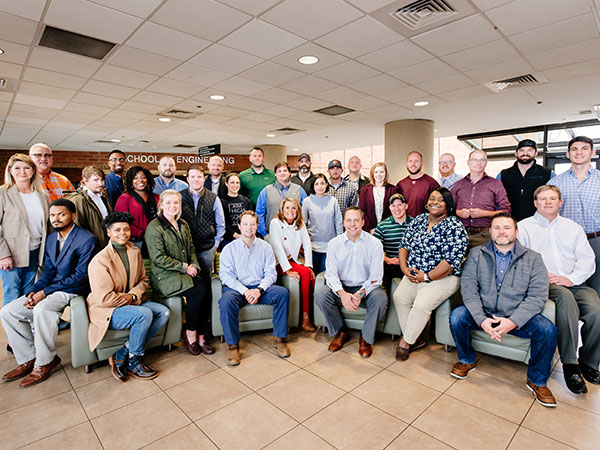 The event was a time for students to visit the UAB campus and meet their fellow classmates, the CEM faculty, and support staff. Attendees traveled from as far as Utah, Ohio, and Texas. CEM admits students during the spring and fall terms, and currently has 163 active graduate candidates. Orientation marks the official start of a concentration in which collegians will take courses completely online over the next 19 months to earn a Master of Engineering (MEng) degree with a concentration in CEM through the Department of Civil, Construction and Environmental Engineering (CCEE).
The event was a time for students to visit the UAB campus and meet their fellow classmates, the CEM faculty, and support staff. Attendees traveled from as far as Utah, Ohio, and Texas. CEM admits students during the spring and fall terms, and currently has 163 active graduate candidates. Orientation marks the official start of a concentration in which collegians will take courses completely online over the next 19 months to earn a Master of Engineering (MEng) degree with a concentration in CEM through the Department of Civil, Construction and Environmental Engineering (CCEE).
CEM welcomed 43 new graduate students as part of the spring 2020 cohort. This is the 24th boot camp hosted by CEM since its inception as an online program in 2009. Since then, CEM has continued to flourish with over 555 alumni, and has received national recognition by U.S. News and World Report for excellence in online engineering education, ranked in the top ten by Online Masters for one of the best online master’s in construction management, and also recognized by the Affordable Colleges Online for affordability in online engineering education.
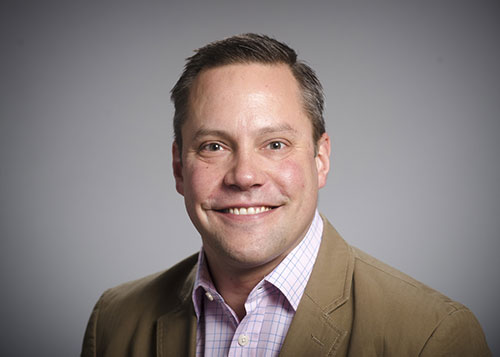 During the morning kickoff, Dr. Wesley Zech, CEM Director, and Dianne Gilmer, Assistant CEM Director, made warm introductions and congratulated the new students for their effort to attend the orientation. According to Zech, “this is the only time that students have to be on campus since the CEM program is fully online and is a great time for them to physically interact with their peers, to make connections with someone that could be a helpful class resource, and to network about job opportunities.” Introductions of the CEM faculty and staff continued. The director also asked each student to stand and tell where they are from, their company and title, and three words that best describes themselves. Afterwards he addressed academic policies, the UAB Academic Honor Code, and program expectations.
During the morning kickoff, Dr. Wesley Zech, CEM Director, and Dianne Gilmer, Assistant CEM Director, made warm introductions and congratulated the new students for their effort to attend the orientation. According to Zech, “this is the only time that students have to be on campus since the CEM program is fully online and is a great time for them to physically interact with their peers, to make connections with someone that could be a helpful class resource, and to network about job opportunities.” Introductions of the CEM faculty and staff continued. The director also asked each student to stand and tell where they are from, their company and title, and three words that best describes themselves. Afterwards he addressed academic policies, the UAB Academic Honor Code, and program expectations.
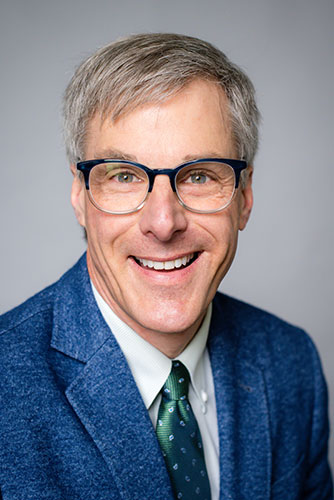 Afterwards, Dr. Timothy Wick, the Interim Dean of the School of Engineering, welcomed the cohort, saying “So this is a really diverse group with a background and expertise in engineering, construction, geotechnical, and many other related areas. I find it very cool to think that all of you chose Construction Engineering Management (CEM) at UAB to advance your diverse set of skills. You may not know this, but CEM is ranked eighth among similar programs, so you are surrounded by good people who have put together a fantastic program. I read a powerful article recently that said that construction management is a field where professionals see and develop spaces that alters our world. This is an industry that is growing and not going away. How we interact and deal with the built environment is changing rapidly with robotics, new technology, and other tools that will soon be at your availability. You are part of a program that offers cutting edge training. Welcome to UAB and enjoy the experience.”
Afterwards, Dr. Timothy Wick, the Interim Dean of the School of Engineering, welcomed the cohort, saying “So this is a really diverse group with a background and expertise in engineering, construction, geotechnical, and many other related areas. I find it very cool to think that all of you chose Construction Engineering Management (CEM) at UAB to advance your diverse set of skills. You may not know this, but CEM is ranked eighth among similar programs, so you are surrounded by good people who have put together a fantastic program. I read a powerful article recently that said that construction management is a field where professionals see and develop spaces that alters our world. This is an industry that is growing and not going away. How we interact and deal with the built environment is changing rapidly with robotics, new technology, and other tools that will soon be at your availability. You are part of a program that offers cutting edge training. Welcome to UAB and enjoy the experience.”
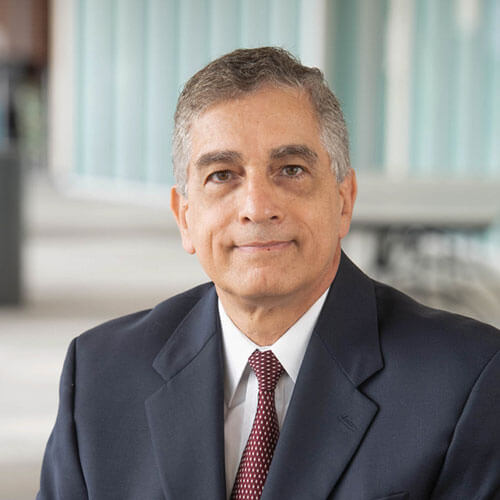 Next, Dr. Fouad Fouad, P.E., the Chair of the CCEE Department, greeted the students by saying “Construction is the largest field in the world. It employs millions of people and produces trillions of dollars for the U.S. economy, so you should be proud to be part of this growing industry. When you think about the Golden Gate Bridge, the Great Pyramids, Pisa Tower, the Coliseum, Big Ben, Buckingham Palace, and others, these are all iconic construction projects. Importantly, places are defined by its construction and architecture. It is very rewarding to be part of a construction project because everyone can immediately see the progress, it is tangible, and you can say I was involved with that project.” Dr. Fouad also told students, “Our CEM curriculum is very exciting and offers excellent construction management knowledge. However, the greatest aspect is the technology, such as Building Information Modelling (BIM), virtual reality, augmented reality, drones, the Internet (IoT) and exposure to other software that can really help advance your professional career. Good luck with orientation today and have fun in the program.”
Next, Dr. Fouad Fouad, P.E., the Chair of the CCEE Department, greeted the students by saying “Construction is the largest field in the world. It employs millions of people and produces trillions of dollars for the U.S. economy, so you should be proud to be part of this growing industry. When you think about the Golden Gate Bridge, the Great Pyramids, Pisa Tower, the Coliseum, Big Ben, Buckingham Palace, and others, these are all iconic construction projects. Importantly, places are defined by its construction and architecture. It is very rewarding to be part of a construction project because everyone can immediately see the progress, it is tangible, and you can say I was involved with that project.” Dr. Fouad also told students, “Our CEM curriculum is very exciting and offers excellent construction management knowledge. However, the greatest aspect is the technology, such as Building Information Modelling (BIM), virtual reality, augmented reality, drones, the Internet (IoT) and exposure to other software that can really help advance your professional career. Good luck with orientation today and have fun in the program.”
Instructional Design Manager Fran Lefort and Instructor Allen Murphree provided hands-on training regarding the CEM online technology of assignment submission, Canvas LMS navigation, weekly course content, and Zoom live class sessions. Murphree also discussed the importance of proper computer requirements, updates and maintenance, installing educational software, and online examination proctoring procedures. Lefort conducted a hands-on demonstration of the computer technology, which allowed students to keystroke examples of a homework assignment, a sample exam, they entered a live class session, and watched an archived class recording.
During the afternoon, after students and CEM staff shared a delicious meal and finished a campus tour, Dr. Jason Kirby began reviewing course content for the sustainability and green building practices course. Kirby defined the fundamental nature of sustainability and what qualifies as a green building material. Through the use of a hands-on exercise about a house, he helped students understand the importance of LEED design and development as it relates to material colors, size and scale, solar orientation, energy saving technology and materials. He also talked about the design priority differences between an architect and an engineer.
Later during the day, students received public speaking training from professional speaker and author Pat O’Mara. Students were placed in groups and completed several task to help them learn steps to present like a professional. The training prepares graduates for their live “icebreaker” presentations given on day two, which is one of many public speeches required during the CEM curriculum.
Overall, the boot camp experience is very powerful and covers many useful hands-on educational topics required for students to be successful. During this boot camp, day two was met with severe weather threats, widespread flooding, and tornado warnings. While some students had to travel home early, we were able to hear many excellent presentations, as a much earlier start time allowed us to finish the icebreakers well before the storms entered the Birmingham area. Nevertheless, orientation is recorded and archived for those students who could not attend, for students who needed to leave early, and for all student’s future reference.
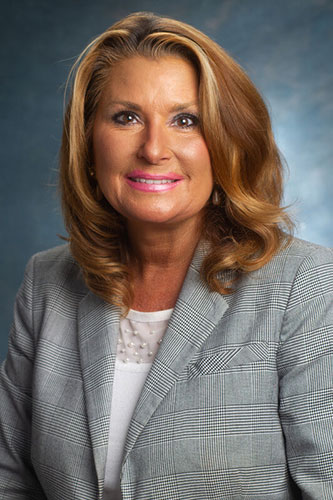 Every cohort is unique and diverse in backgrounds and physical work locations. Since its inception, CEM is represented by students from 46 different states and 19 foreign countries, a geographic distribution that reflects the reputation and over 12-years of success in engineering education. According to Gilmer, “The CEM faculty and staff are always extremely honored and excited to welcome a new cohort of students at the start of the term. Boot camp is the beginning of the educational journey for CEM students. It’s wonderful getting to meet the students and learn more about them and their career aspirations. We understand our students come from various educational and professional backgrounds. It is our goal to meet them where they are and help them achieve success in both graduate school, as well, as their careers. Boot camp is one of the main factors involved in creating an engaged learning community. The relationships and networks that CEM students form during graduate school extend well beyond their time at UAB.”
Every cohort is unique and diverse in backgrounds and physical work locations. Since its inception, CEM is represented by students from 46 different states and 19 foreign countries, a geographic distribution that reflects the reputation and over 12-years of success in engineering education. According to Gilmer, “The CEM faculty and staff are always extremely honored and excited to welcome a new cohort of students at the start of the term. Boot camp is the beginning of the educational journey for CEM students. It’s wonderful getting to meet the students and learn more about them and their career aspirations. We understand our students come from various educational and professional backgrounds. It is our goal to meet them where they are and help them achieve success in both graduate school, as well, as their careers. Boot camp is one of the main factors involved in creating an engaged learning community. The relationships and networks that CEM students form during graduate school extend well beyond their time at UAB.”
Overall, boot camp is well received by everyone. Students were asked by Zech what they expect to get out of the experience. Ppolling software captured students' anonymous responses from their devices and a few are shown below:
- “Networking”
- “A fresh start”
- “Preparedness”
- “Knowledge”
- “A foundation of expectations”
The CEM team feels that we have once again met the students boot camp expectations. The leadership believes strongly in the power of higher education, the benefits of implementing real world course content, and providing students with the resources to be academically successful. We are proud of our work and look forward to another excellent academic student journey.